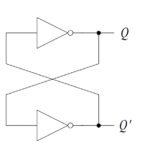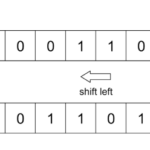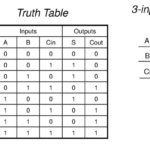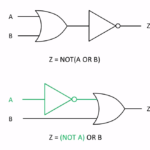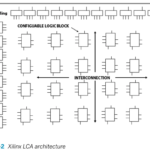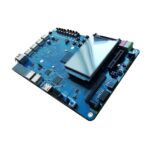A latch is an electronic logic circuit that has two inputs and one output. One of the inputs is called the SET input; the other is called the RESET input.
Latch circuits can be either active-high or active-low. The difference is determined by whether the operation of the latch circuit is triggered by HIGH or LOW signals on the inputs.
-
Active-high circuit: Both inputs are normally tied to ground (LOW), and the latch is triggered by a momentary HIGH signal on either of the inputs.
-
Active-low circuit: Both inputs are normally HIGH, and the latch is triggered by a momentary LOW signal on either input.
In an active-high latch, both the SET and RESET inputs are connected to ground. When the SET input goes HIGH, the output also goes HIGH. When the SET input returns to LOW, however, the output remains HIGH. The output of the active-high latch stays HIGH until the RESET input goes HIGH. Then, the output returns to LOW and will go HIGH again only when the SET input is triggered once more.
In other words, the latch remembers that the SET input has been activated. If the SET input goes HIGH for even a moment, the output goes HIGH and stays HIGH, even after the SET input returns to LOW. The output returns to LOW only when the RESET input goes HIGH.
On the other hand, in an active-low latch the inputs are normally held at HIGH. When the SET input momentarily goes LOW, the output goes HIGH. The output then stays HIGH until the RESET input momentarily goes LOW.
